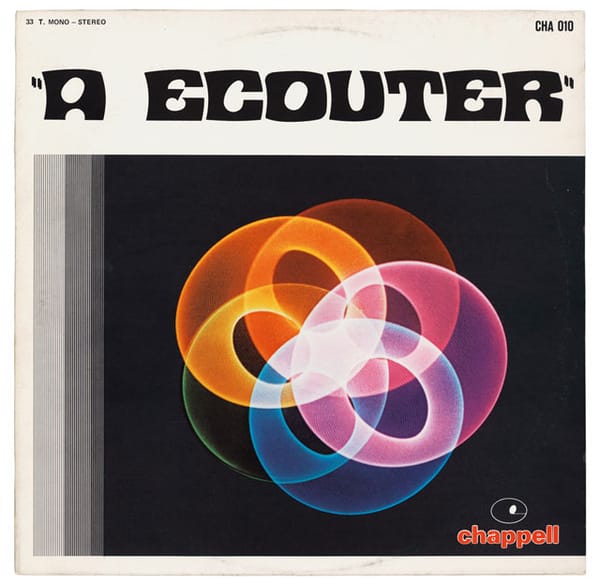We take a riveting lesson in film history from the God-like Michael Betancourt. Motion graphics pioneer John Whitney developed motion control in the 1950s from the tracking mechanisms of WWII anti-aircraft guns as a way to automate complex movements of both the animation camera and artwork. The result was a transformation of simple linear designs into kinetic patterns of moving light unlike any animation before it. While Whitney’s device did create impressive results—visible in the demo reel he released in 1961 called simply Catalog—the machine was also highly specialised, custom built, like all of his animation equipment. The technology behind his aesthetic innovation belongs to a long history of DIY artists adapting existing technology to their own ends.
By the mid-1970s the Oxberry animation company was experimenting with digital computers to implement the same kinds of motion control that Whitney could produce, but using their industry standard animation equipment. R/Greenberg and Associates was one of the first companies to invest in these then-new digital controls for animation stands; the titles R/GA designed for Richard Donner’s 1978 film Superman was the first use of this new, digital motion control in a commercial title sequence. The kinds of imagery that Whitney literally had to invent the machine to produce were now only a matter of programming the camera and stand movements into the computer and pushing the button: the machine would do the rest. The linear art would smear in each frame, creating a ‘light speed’ effect for the text, the same effect used to create “the jump to hyperspace” in Star Wars a year earlier.
The impact of these titles in the movie theater was dramatic. Up until this first title card, the entire sequence followed a traditional, even standard, approach to the titles: shots of a deco-styled theater, a comic book, some live action—but when the first words flew into view and then stretched outwards and up, threatening to jump out of the screen, synched with an electronic swoosh these rather drab (even simple) titles become dramatically exciting. This was something entirely new. While everyone in the audience ‘knew’ what to expect of Superman after decades of TV and comics, this opening signaled that whatever we thought we knew was going to fall short of what was coming up.
The Superman titles are exquisitely poised between the older world of physical film (actual camera moves, exposed film, light) and the emerging world of digital production. The precision we expect today of our imaging tools was not something that could easily be achieved in the analog era, but the addition of digitally programmable motion control moved the ambiguous world of celluloid and silver closer to the absolute definition of fully digital production. Motion control, so clearly on view here, is labor intensive and tedious even for traditional hand animation—but when automated becomes a purely cinematic spectacle unlike what we see in any other medium.
michaelbetancourt.com
Betancourt
Michael Betancourt’s career follows two interrelated strands. He is an art historian and cultural theorist, holding a professorship at the Savannah College of Art and Design, GA. His writing and lectures engage with digital culture as it intersects with fine art, politics and contemporary labour conditions. He also writes extensively on the history and theory of film and the moving image. Betancourt is a highly regarded artist and curator in his own right, producing innumerable video pieces that extend upon his academic preoccupations. His works are held in the public collections of such institutions as MoMa, the International Museum of Contemporary Art, Brazil, and the Museum of Contemporary Art—North Miami. Superman
Superman made his first transition from page to screen in a series of animated shorts that aired in 1941. The inaugural Superman feature film, titled Superman and the Mole Men, was released in 1951. It starred George Reeves as Superman. The next Superman film wasn’t to appear for a further twenty-seven years. The 1978 Superman referred to in the article was the first in an extended series of four films about the superhero to star Christopher Reeve, the actor most associated with the role. Superman is one of the most frequently theatricalised superhero stories; this year’s iteration, Man of Steel, is the third highest grossing 2013 film thus far.
March 20, 2014 3 minutes read
Motion Control
We take a riveting lesson in film history from the God-like Michael Betancourt






